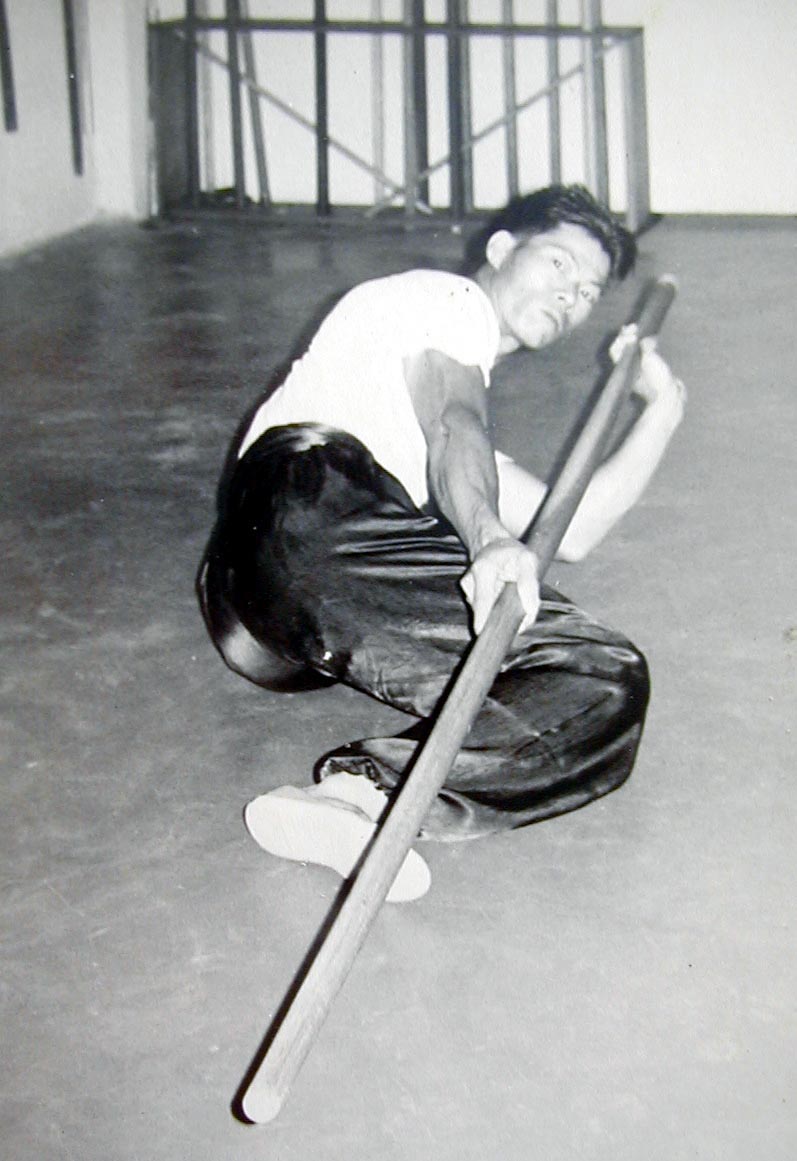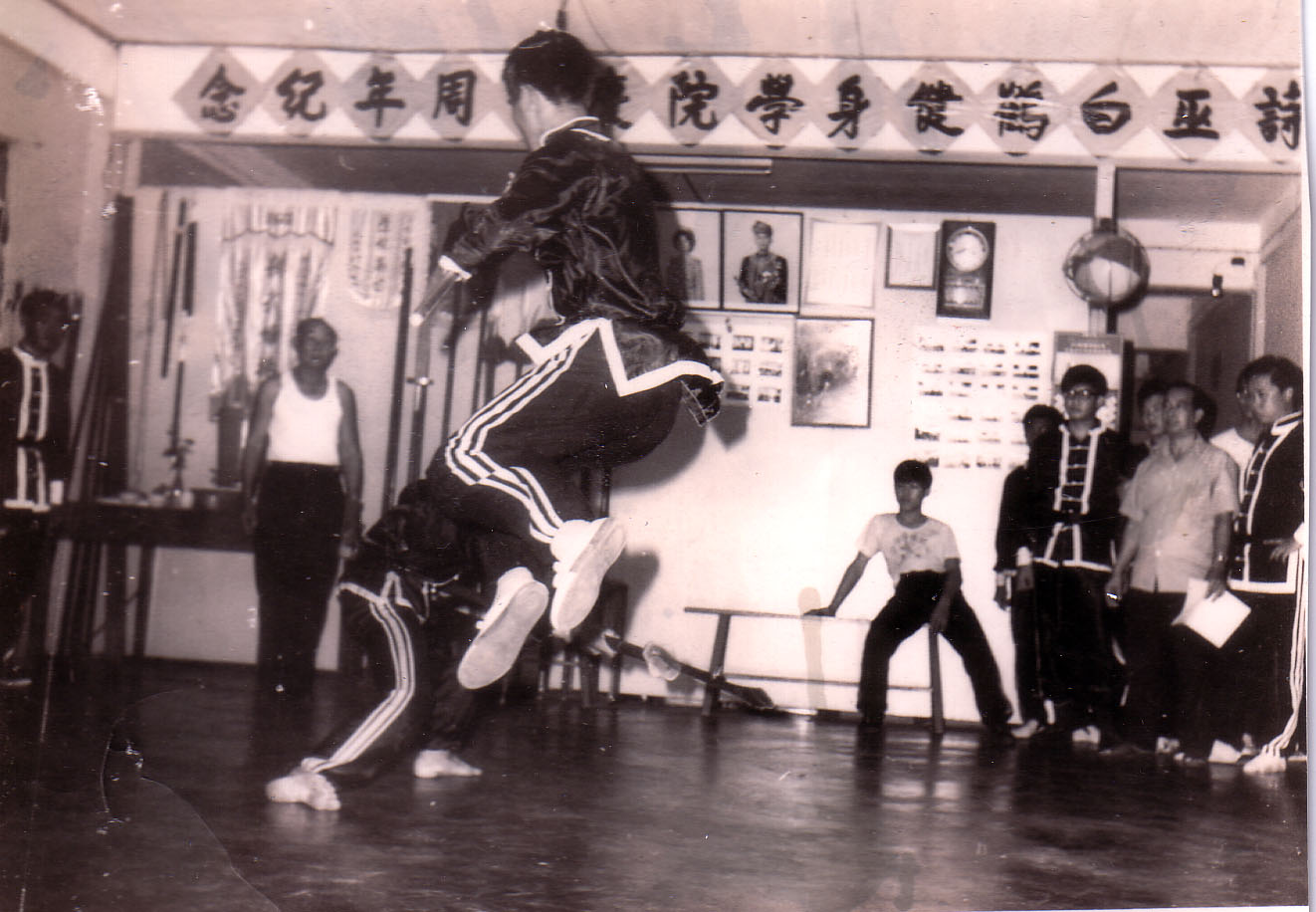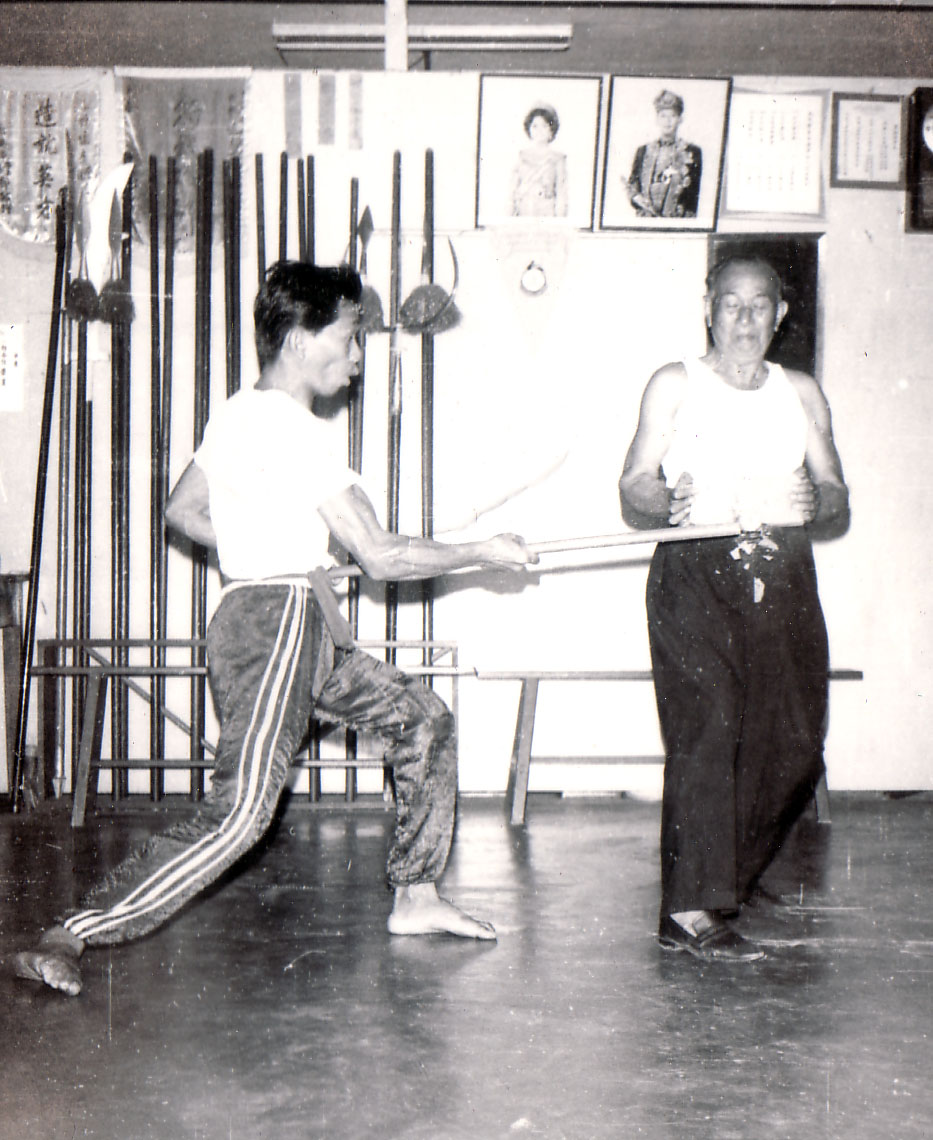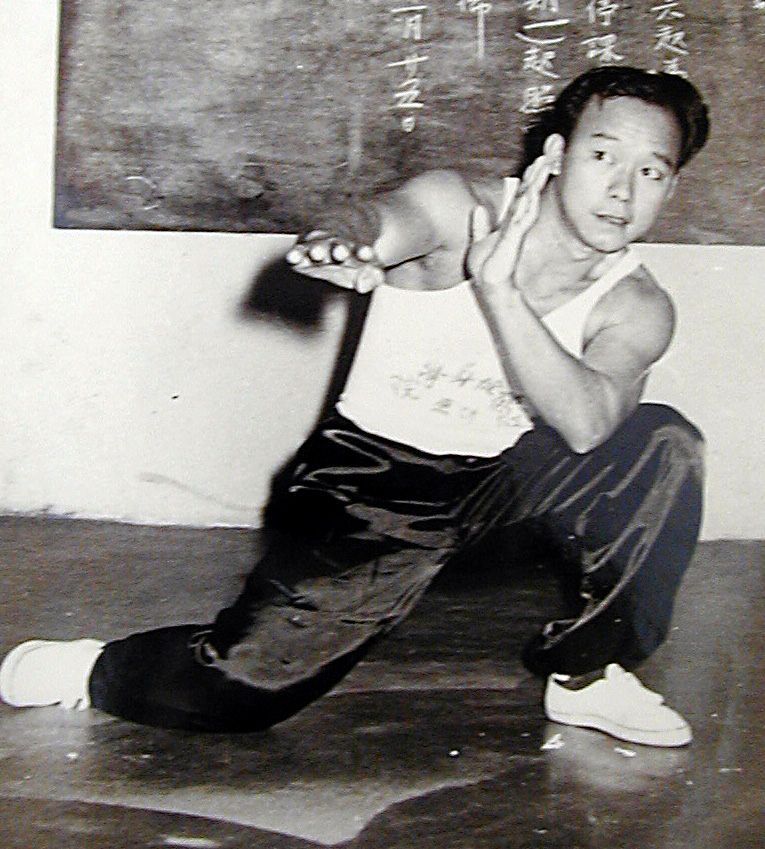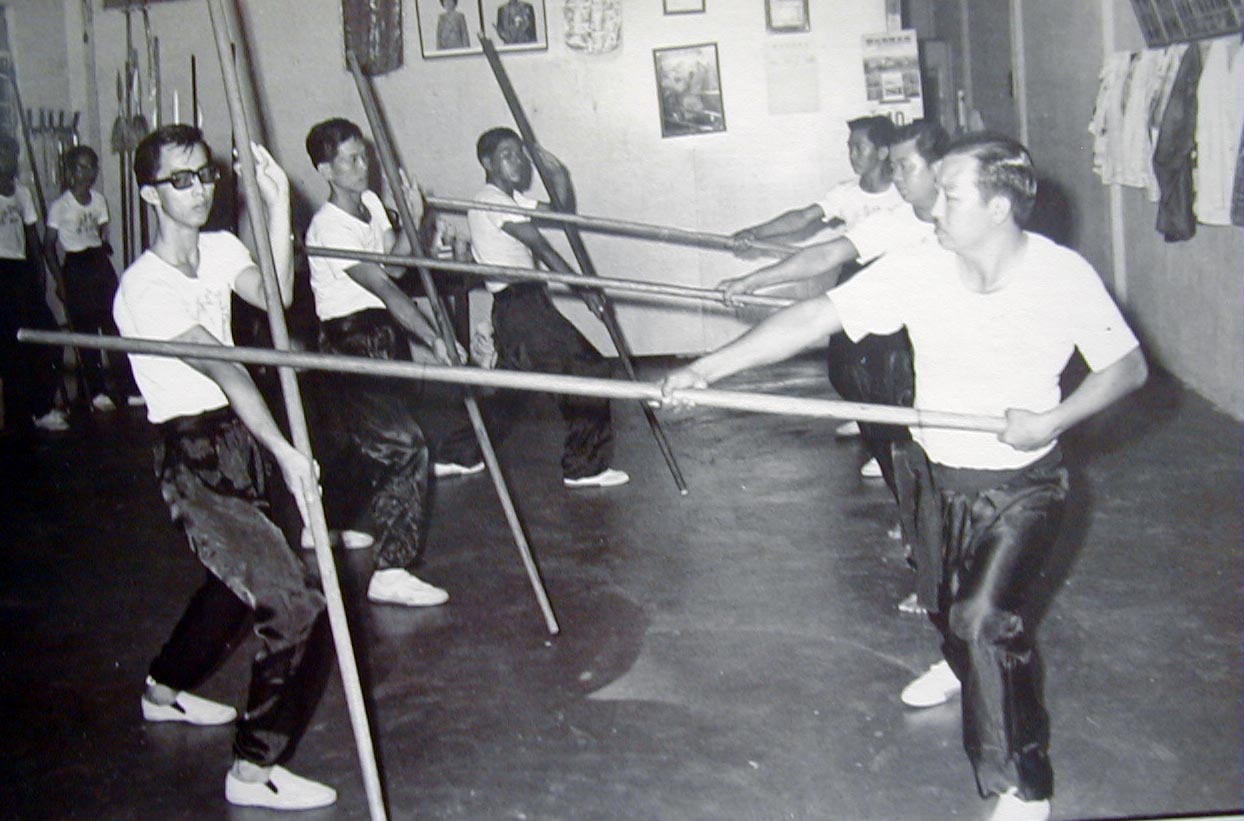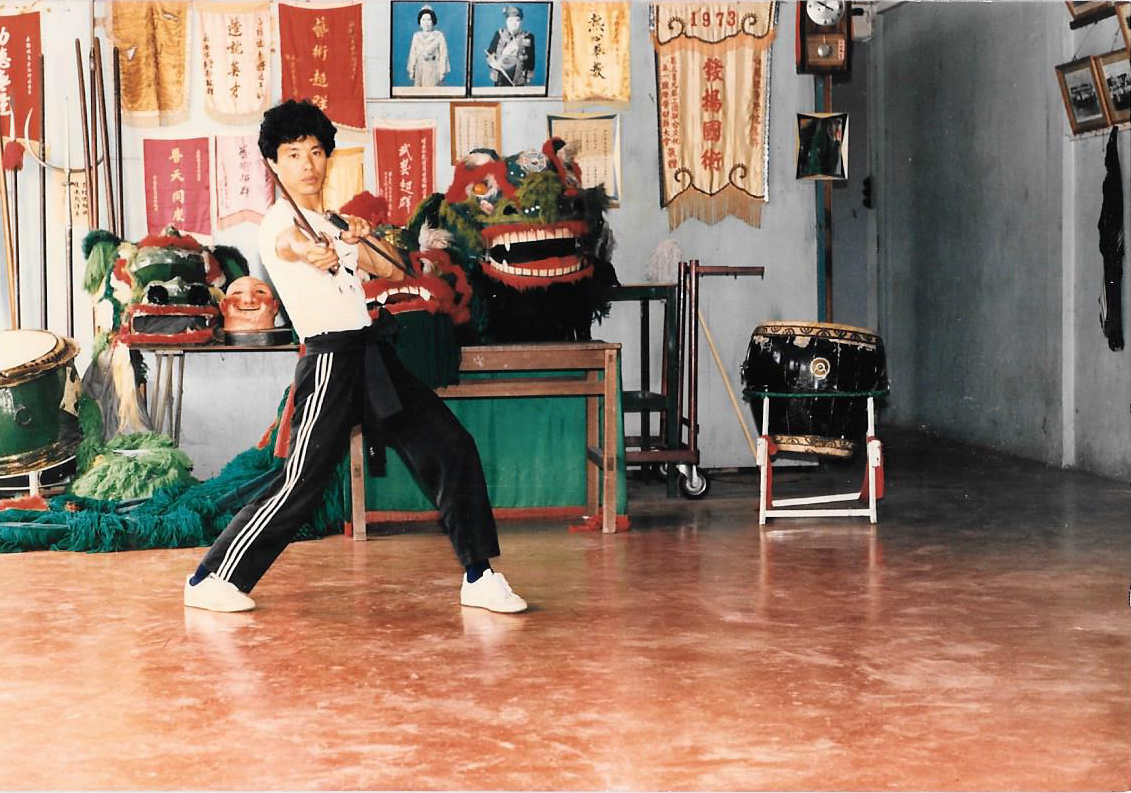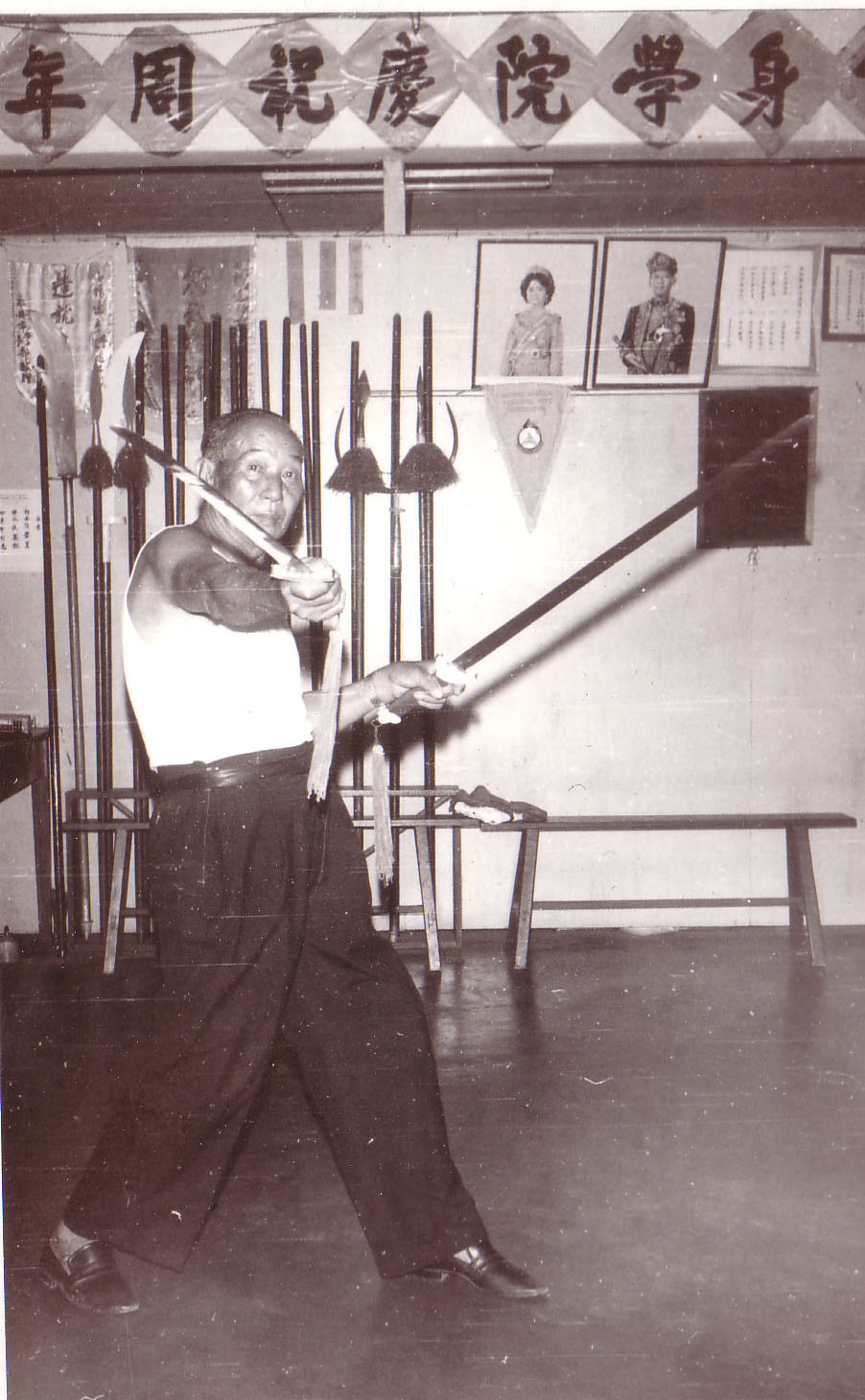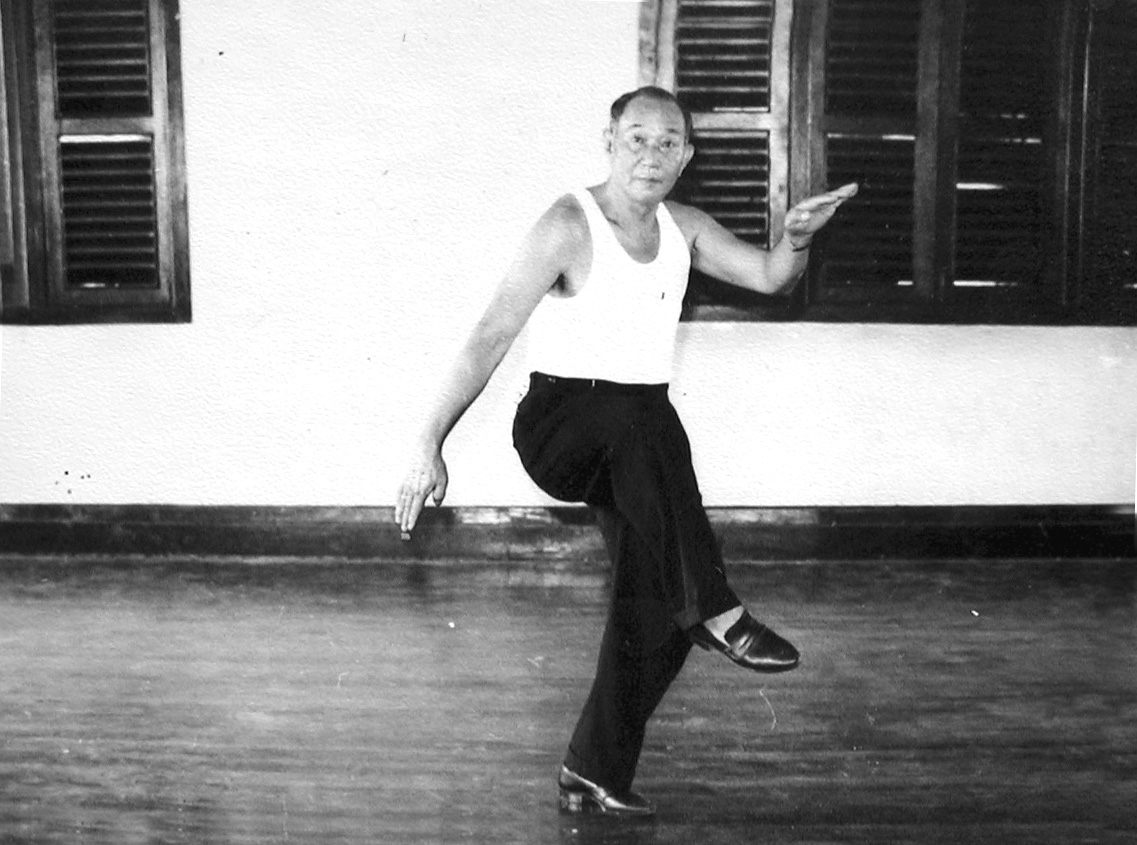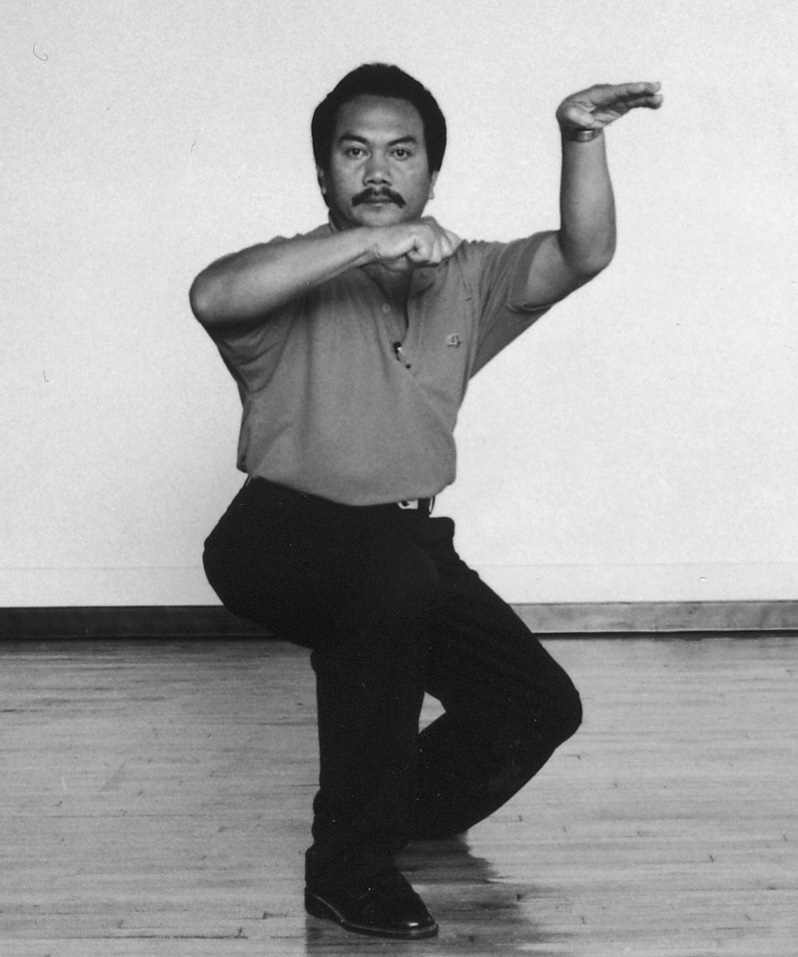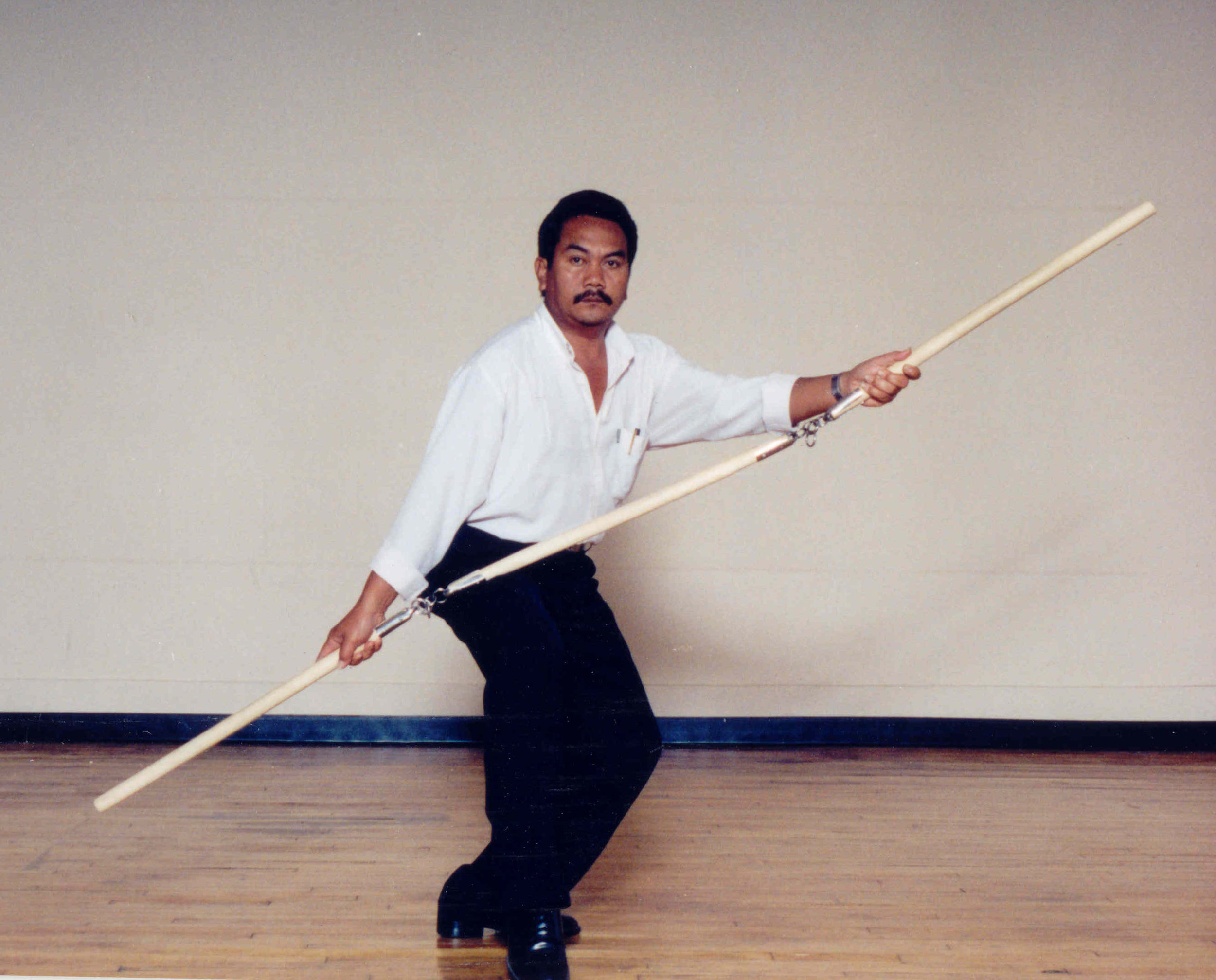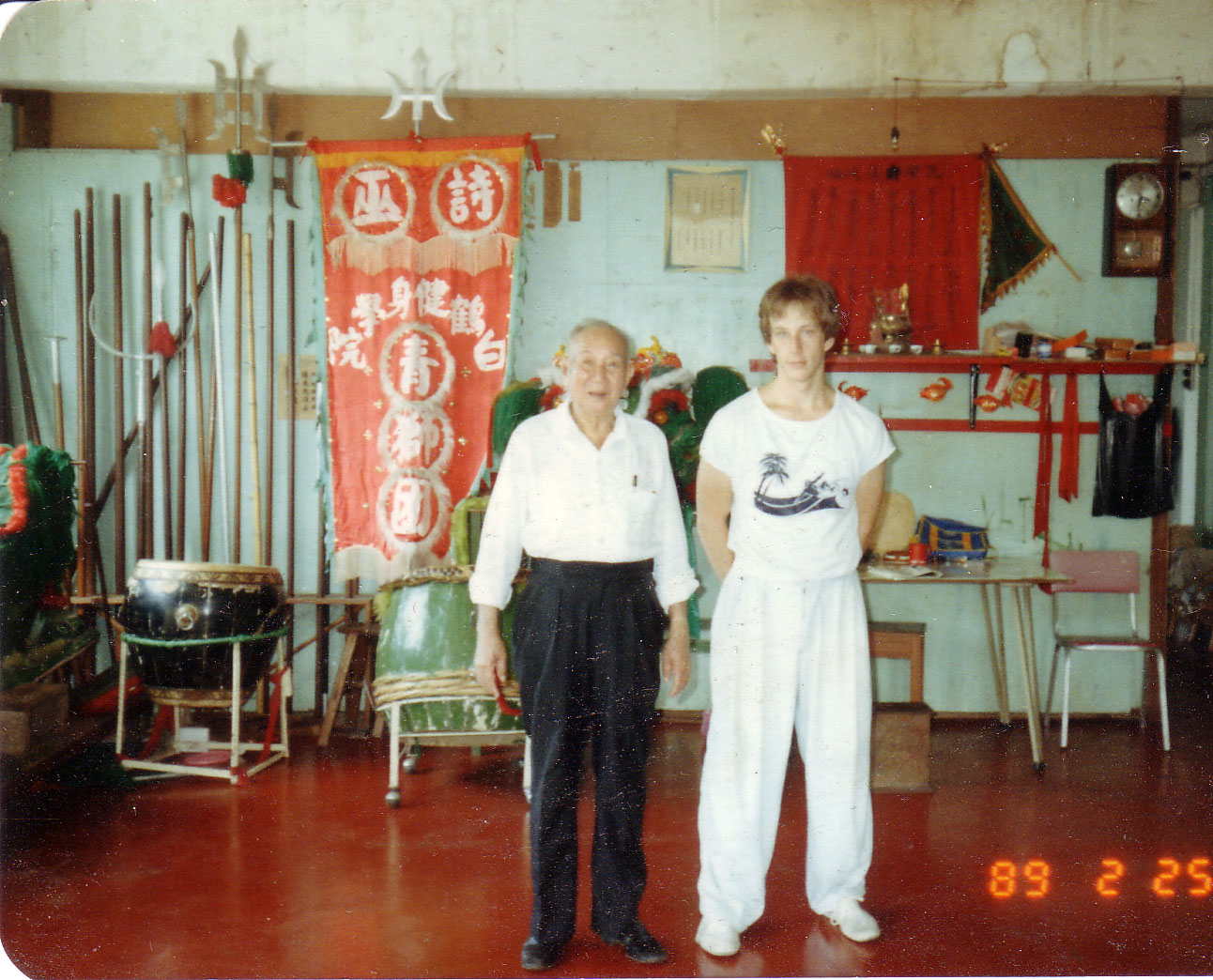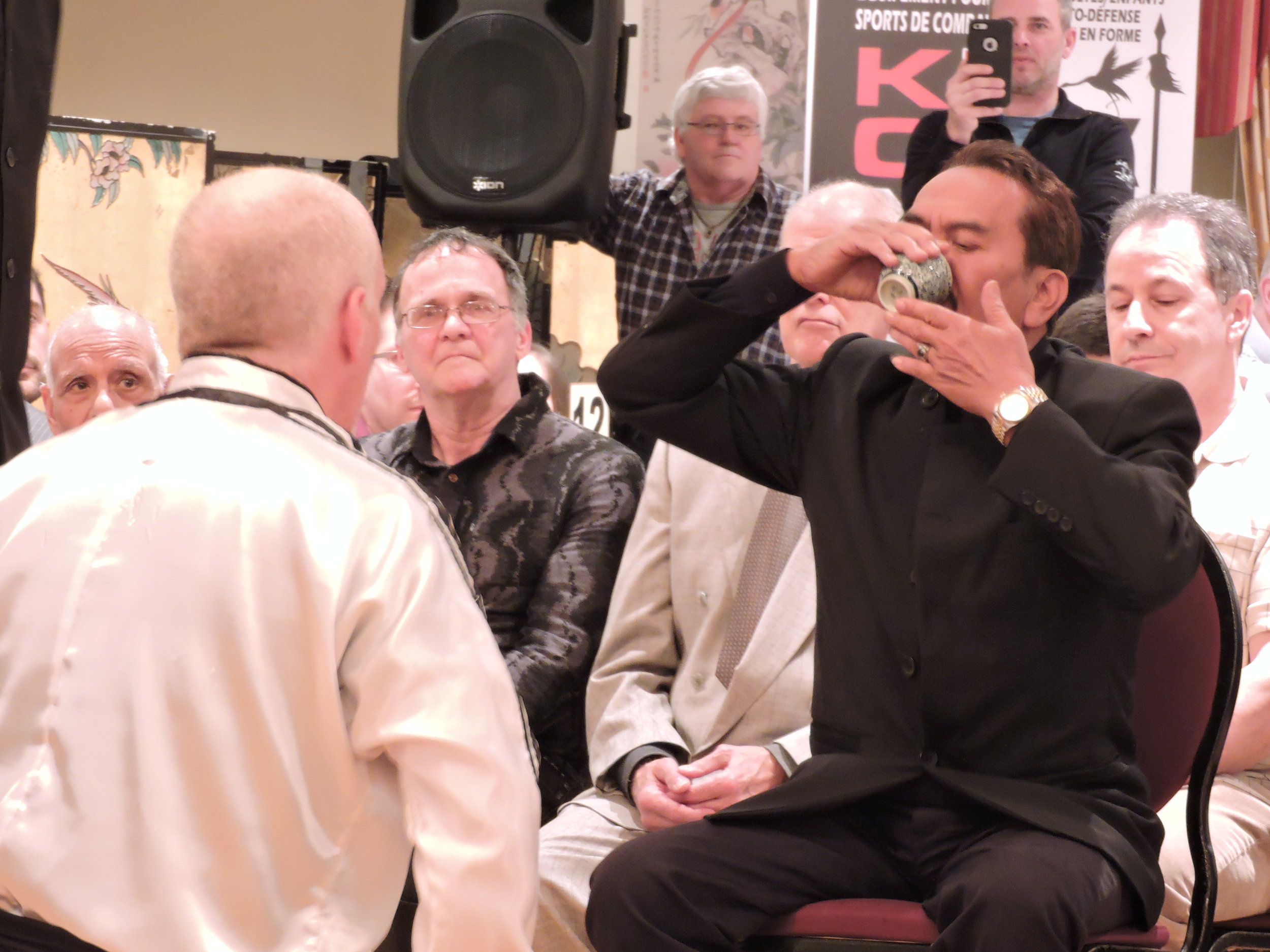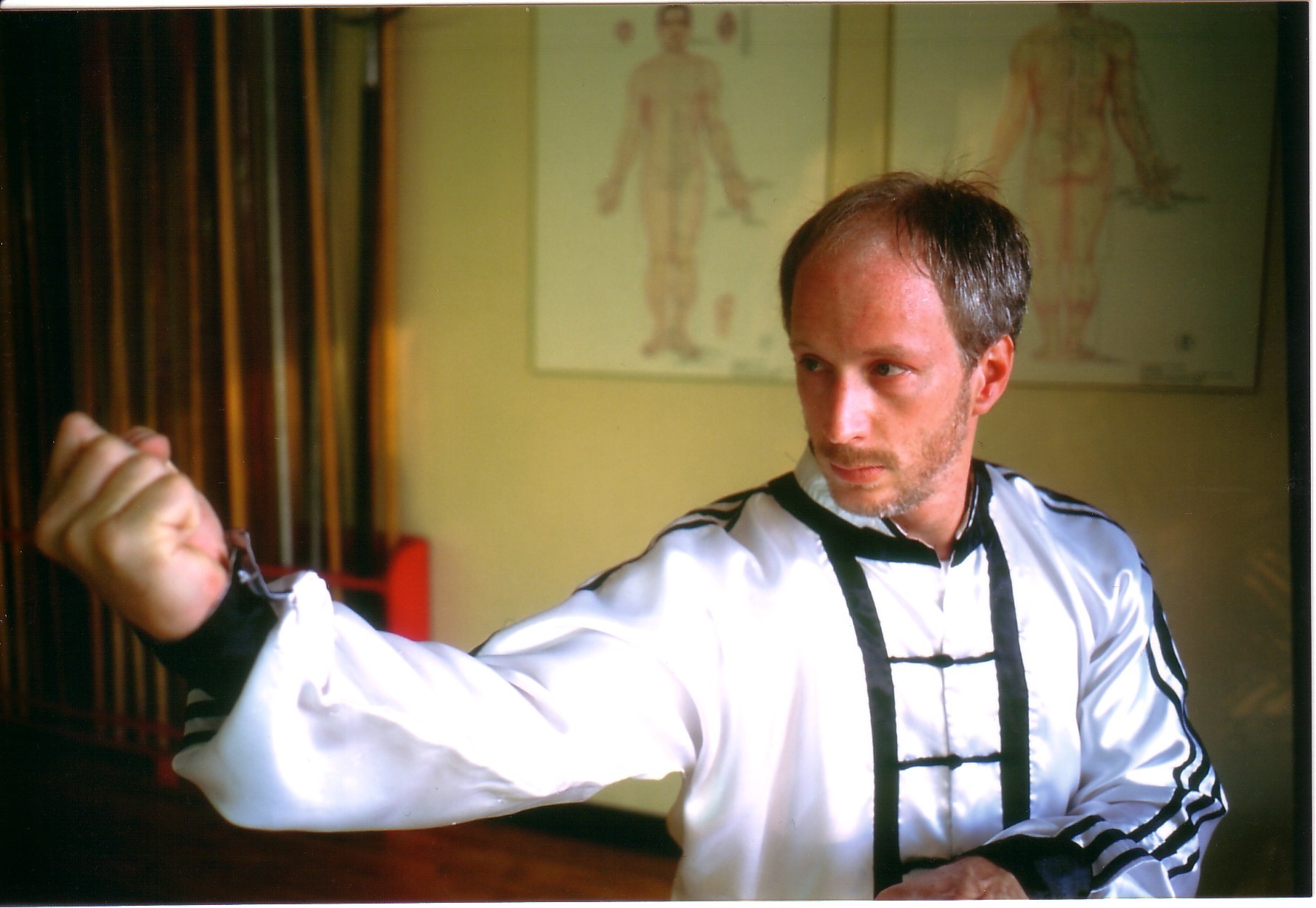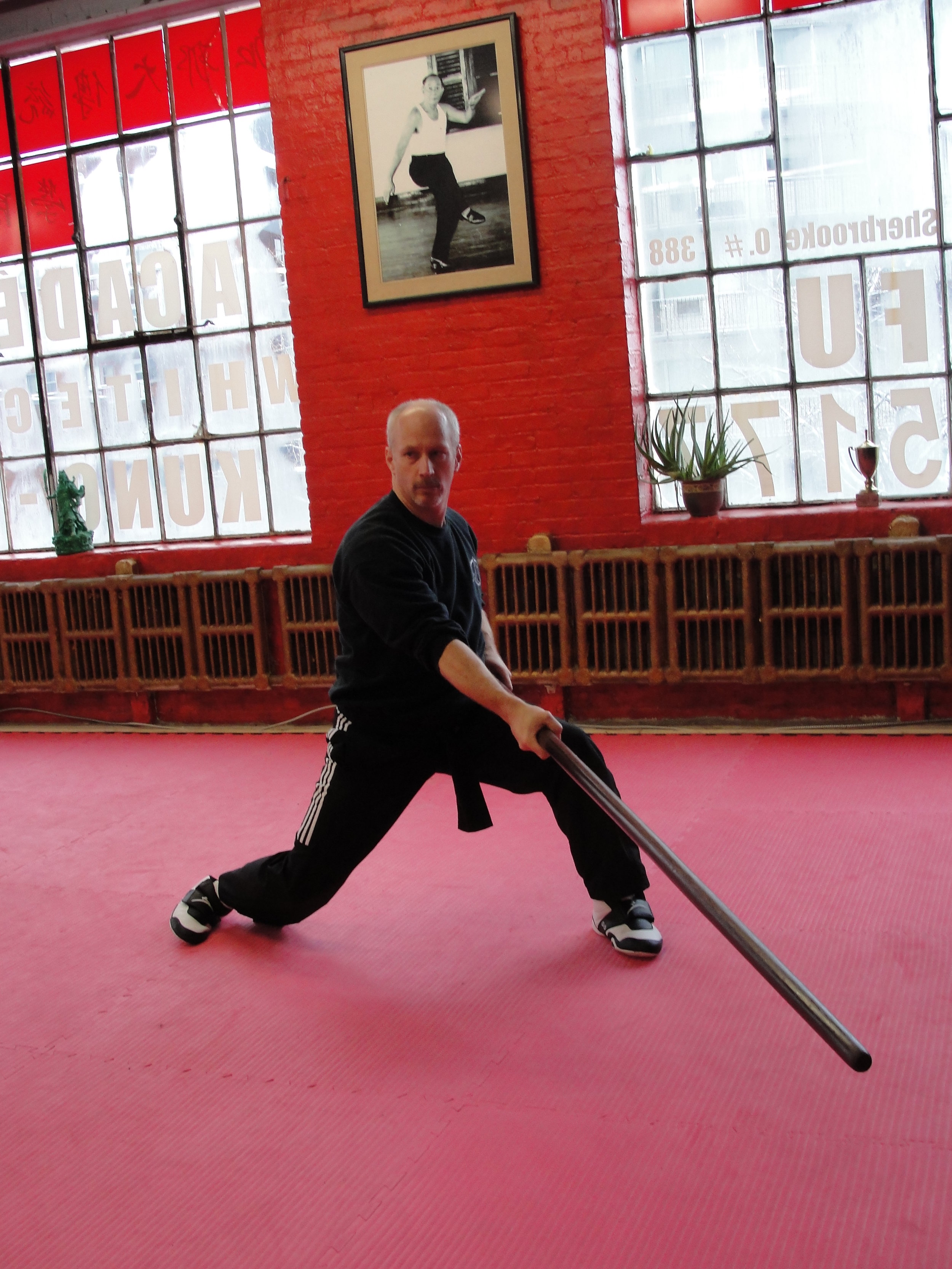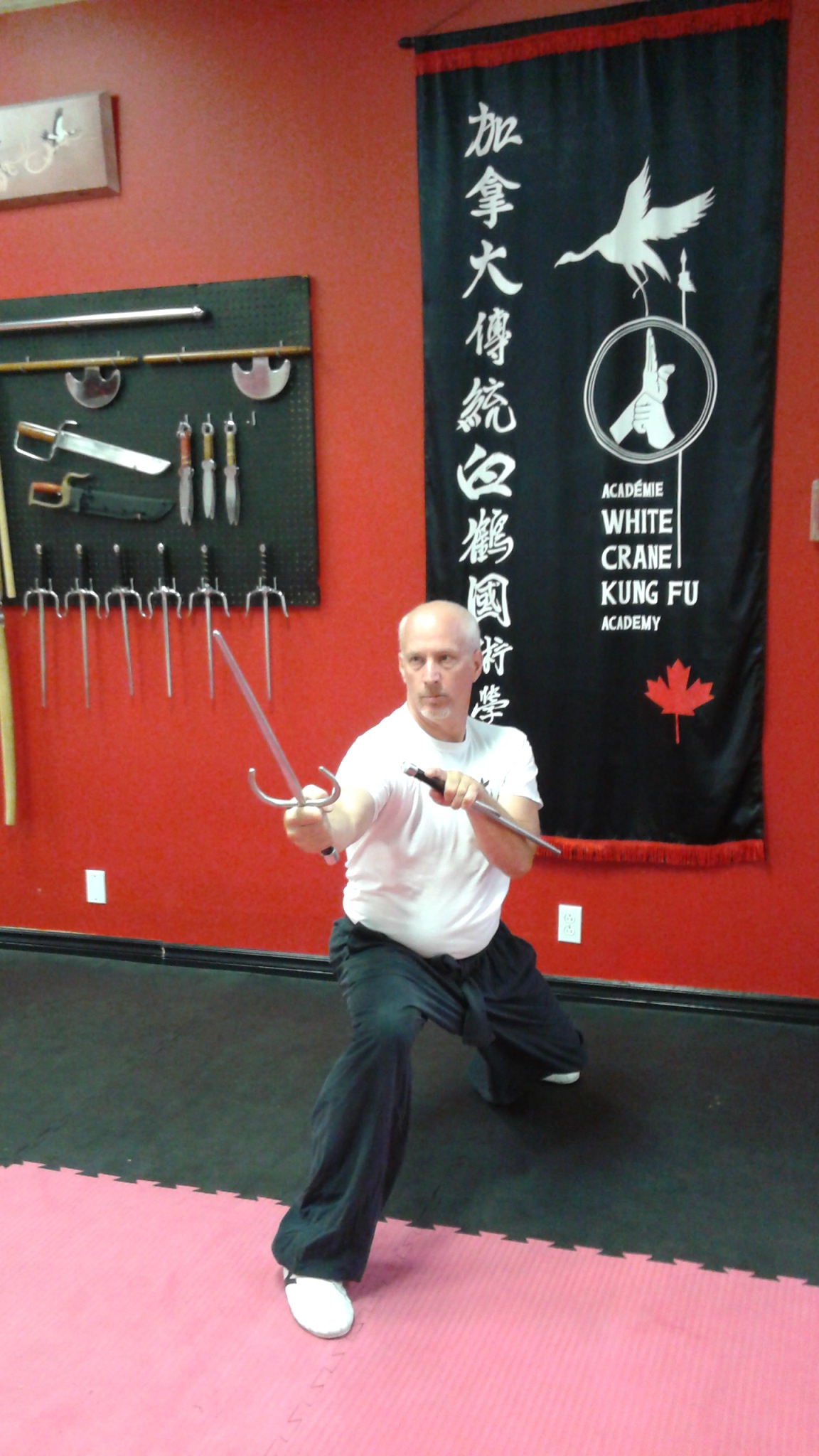History of Fujian White Crane Kung fu
We have presented below a very detailed account of this art’s history as it this information is not readily available. To learn more about the Fukien White Crane, it’s history and theories, please consult Shifu Bernard’s work “Shaolin White Crane Kung Fu: A rare art revealed” and/or his latest work entitled “Authentic white crane kung fu” by Grandmaster Lee joo-Chian and master Lorne Bernard.
The history of the Fukienese (aka Fujian) White Crane Kung Fu has been passed down from master to student (father to son) for five generations. Although various accounts do exist, they all tell a similar tale. The history of White Crane Kung Fu as passed down within the Lee family and given to Shifu Bernard is presented below.*1
Fang Chi-Niang was born in Lei Chow Fu in the middle of the 18th century. Her father's name was Fang Hui Sz and her mother's name was Lee Pik Liung. Fang Hui Sz studied Kung Fu in the Shaolin temple at Nine Lotus Mountain, Ching Chiang district, Fukien (modern day Fujian) province. His wife and daughter lived at Lei Chow Fu. Since they were victimized by local landlords, it was decided to move away from the village. Eventually, they settled down in Ching Chu temple, on Ching Chea Mountain (Lei Chow Fu). One day, as Fang Chi-Niang was drying grain in front of the temple, she saw a huge crane come down from the roof and begin to eat. She decided to use a bamboo stick to chase away the intruder. Fang Chi-Niang was both curious and fearful of the crane. At first, she tried to strike its head but the bird was evasive. Then she attempted to hit the crane's wings but it stepped to the side and used its claw to block the attack. When Fang Chi-Niang tried to poke the bird's body with her staff, it moved back and used its beak to peck the bamboo. Fang Chi-Niang was surprised. She continued to use the techniques her father had taught her but her efforts were completely unsuccessful. Astonished by the crane's skill, Fang Chi-Niang sought to practice with it on a daily basis. Fortunately, the crane obliged. This permitted Fang Chi-Niang to analyze and absorb the bird's self-defence strategies. Eventually, she mastered the movements and spirit of the crane.*2
During this period, Emperor Chien Lung ordered the destruction of the Southern Shaolin temple after having been informed of revolutionary activities on its grounds. Fang Hui-Sz was one of the few fortunate ones to escape the attack. He sought out his wife and daughter and they initially settled at Pik Chui Liang. Subsequently, Fang Hui-Sz moved to Sah Liang temple near Foochow, where he spent his spare time refining his daughter's Shaolin Kung Fu. Fang Chi-Niang eventually mastered everything her father could teach her and chose to combine the crane's spirit and movements with her Shaolin Kung Fu. She taught Kung Fu at Sah Liang temple to Weng Wing-Seng, Lee Fah-Sieng, Chang The-Cheng, and Ling Te-Sun. Weng was from Lei Chow Fu, Lee was from Chow Ann district, Chang was from Wing Chun district, and Ling was from Foochow. Weng and Lee taught many students at Kao Pei Cliff and set up a school there. Chang (nicknamed Nine Dots monk) settled at the White Crane temple and taught martial arts. Ling's descendants moved to Taiwan. Lee passed his skills to his son Lee Mah-Saw. Lee Mah-Saw continued to set up schools and taught in Chow Ann district. Fang Chi-Niang's teachings gave birth to different interpretations and four principal styles were developed: Flying Crane (Fei He), Eating Crane (Shi He) Screaming Crane (Ming He) and Sleeping Crane (Jan He or Su He). Later on, variations and combinations with other systems occurred which led to the creation of even more types of Fukienese White Crane.
At this point, it may be useful to debate whether the Fukienese White Crane arts are truly Shaolin systems or whether they represent a separate school. Since they were created outside the temple, many older generation White Crane masters do not consider their art to be a Shaolin art. This belief is compounded by the fact that White Crane focuses heavily upon soft power in the advanced stages. On the other hand, the founder did study from her father who was an accomplished Southern Shaolin practitioner. Consequently, it is difficult to resolve the debate as it is largely a question of perspective. Perhaps it is best to acknowledge the root of the art while simultaneously recognizing the founder's unique contributions.
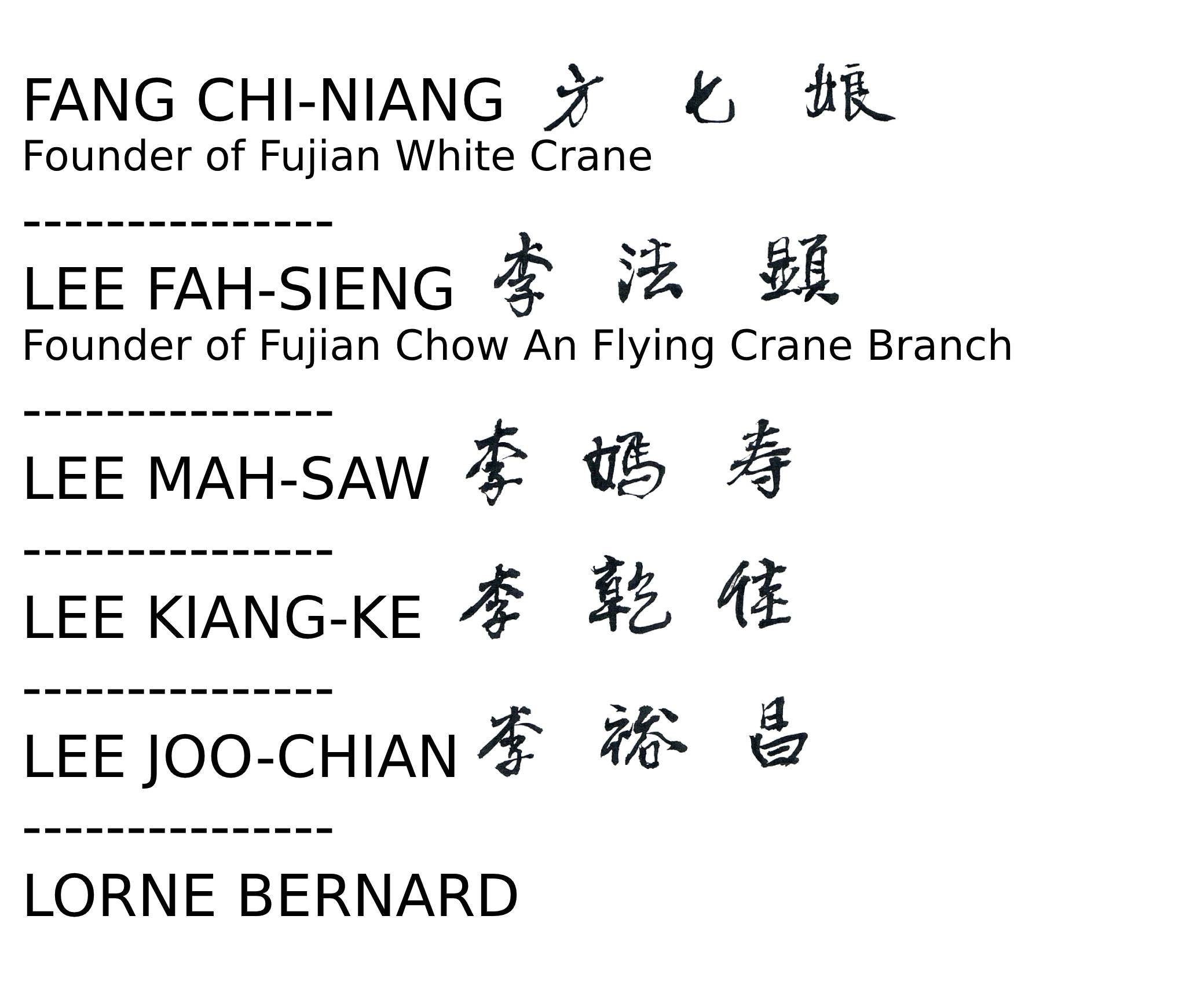
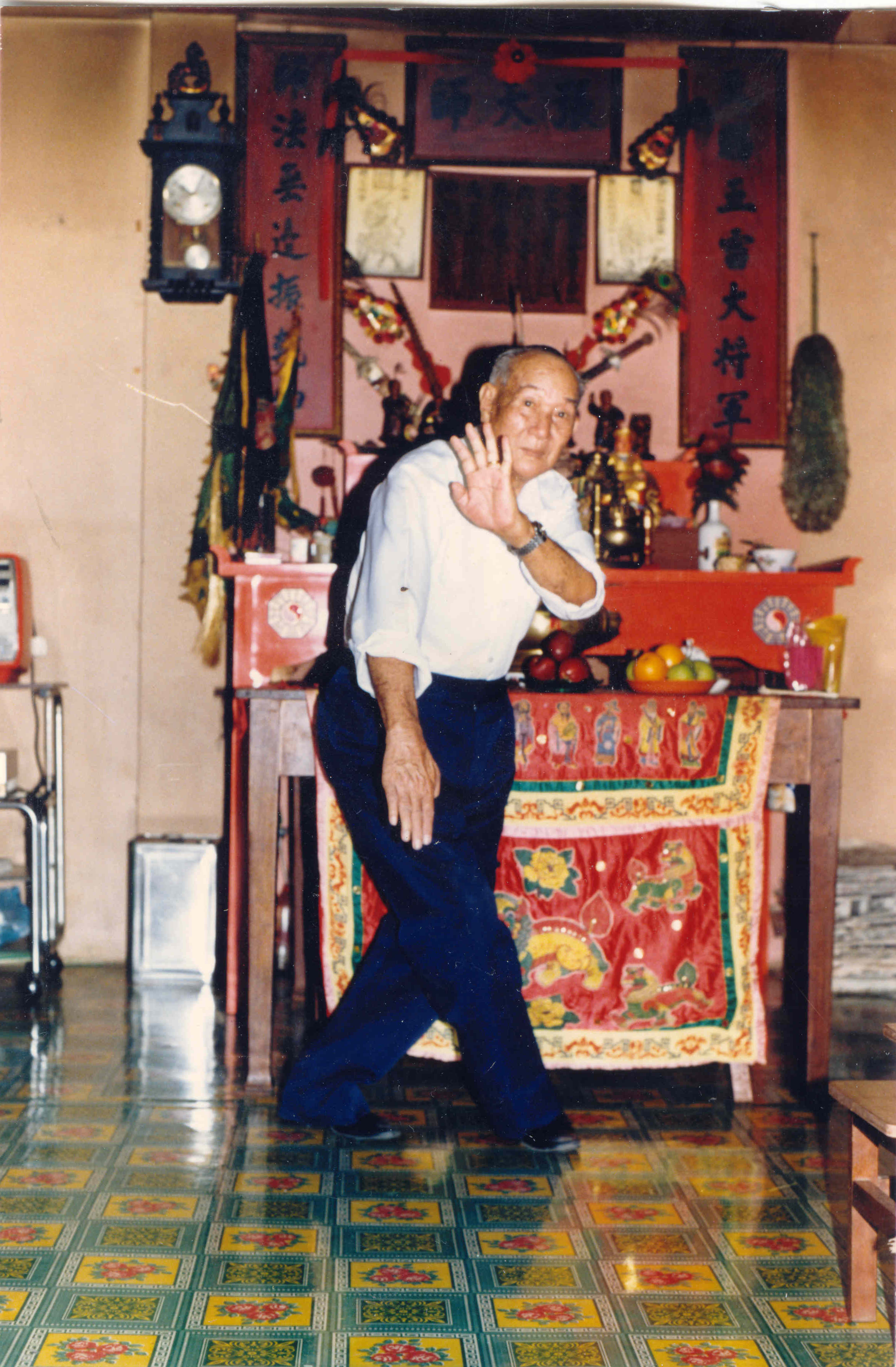
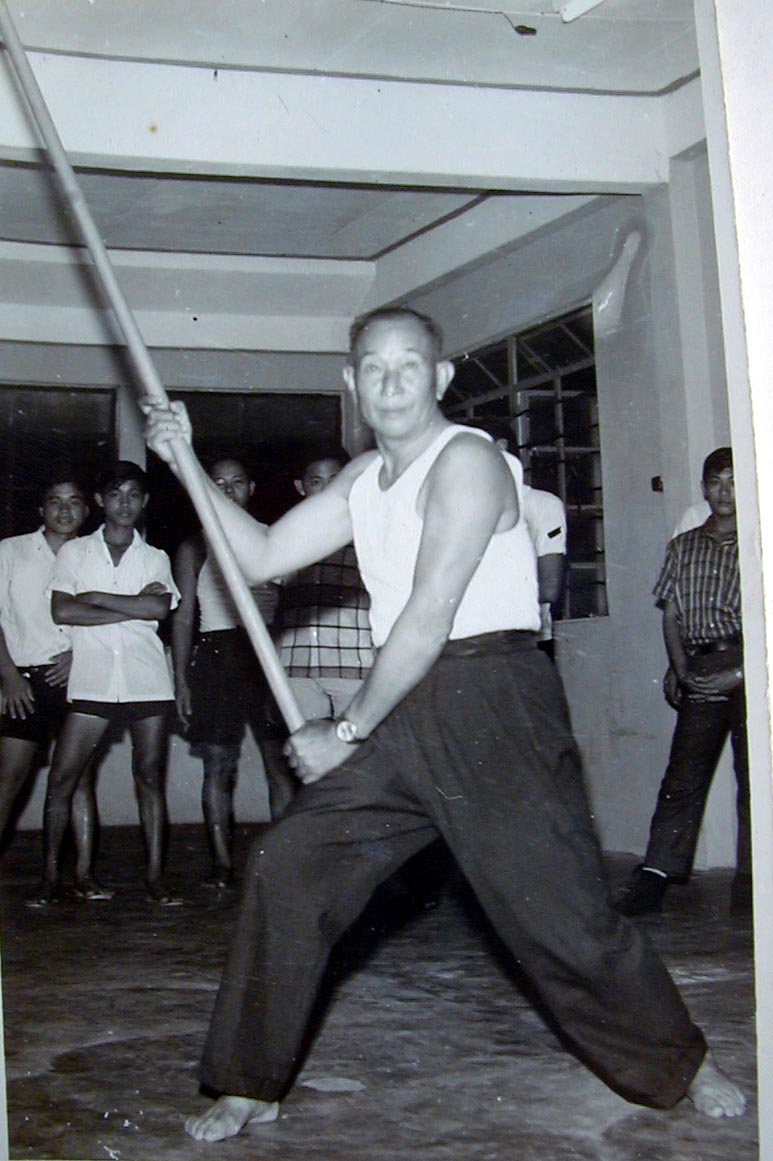
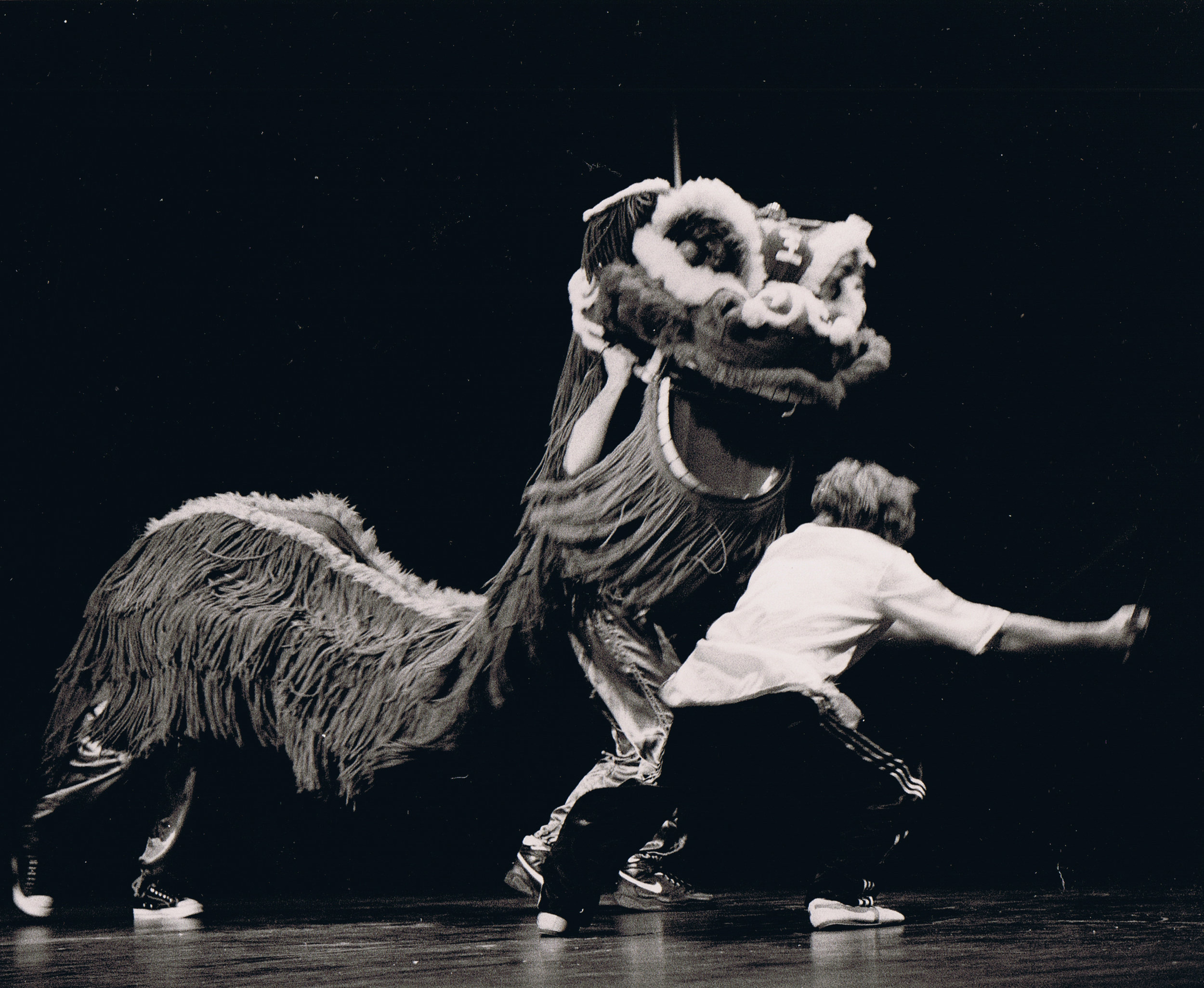
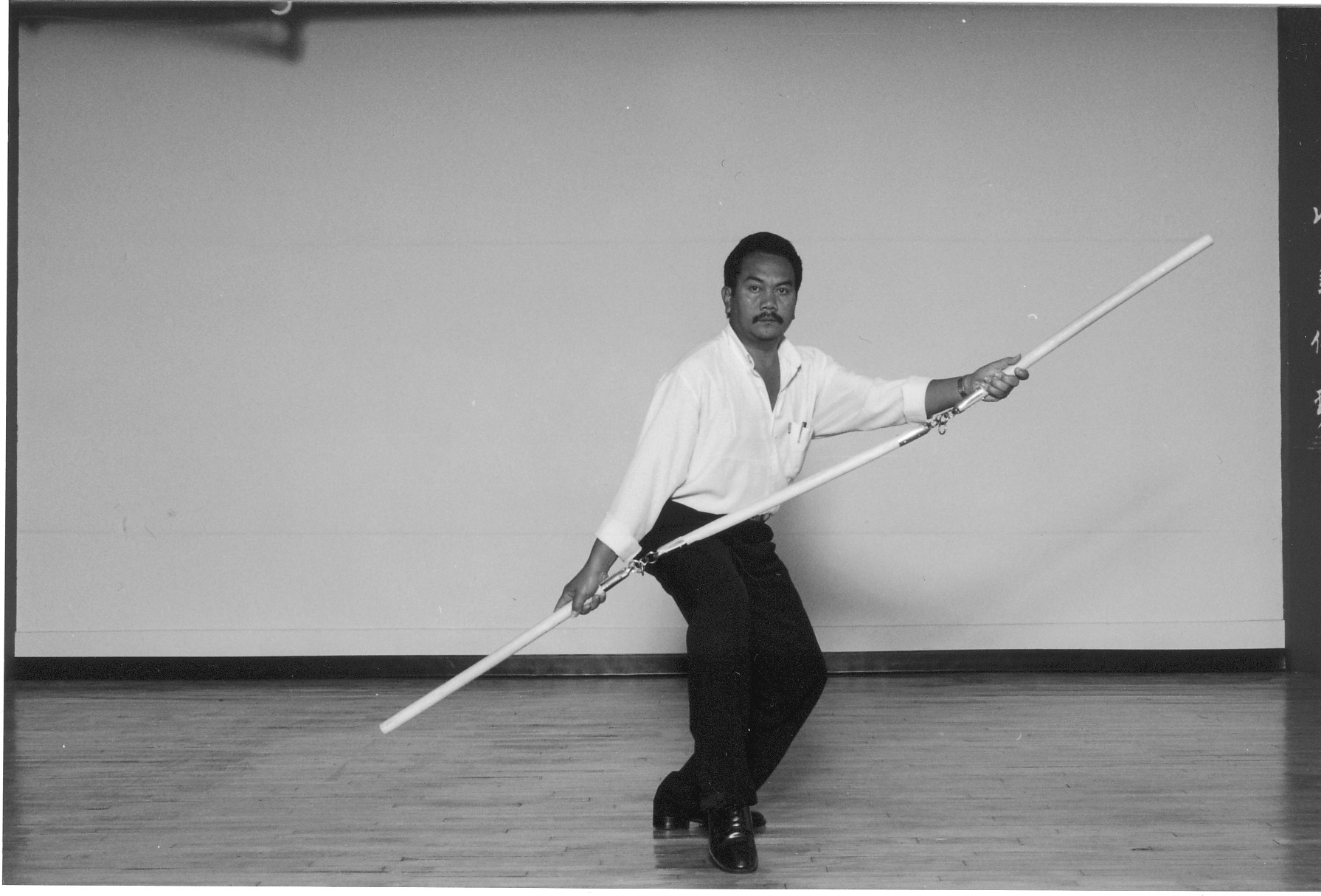
*1 This account was given to Shifu Lorne Bernard by Grandmaster Lee Kiang-Ke during his first trip to the Orient in 1989. There are several accounts of the origins of Fukien White Crane Kung Fu. Fortunately, they are all quite similar in that they generally refer to the incident with the crane, and the fact that Fang Chi-Niang eventually became extremely skilled in martial arts.
*2 It is noteworthy that in Grand-Master Lee's account, the crane was interpreted as being the personification of a god descended from the heavens and determined to teach Fang Chi-Niang martial arts.
